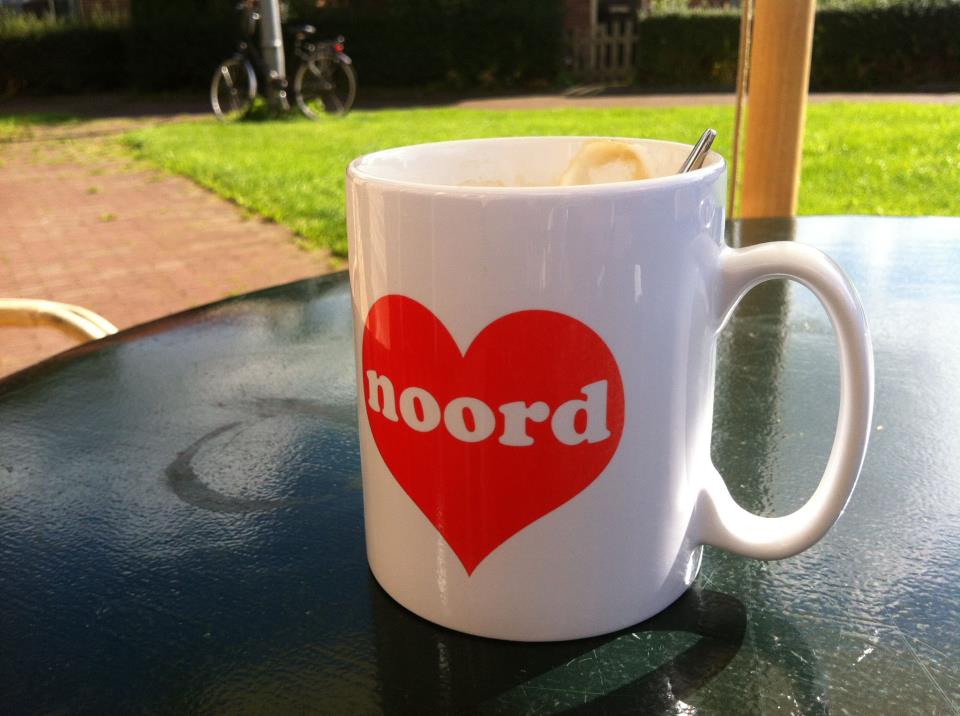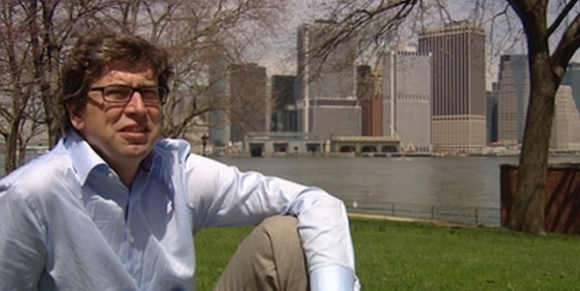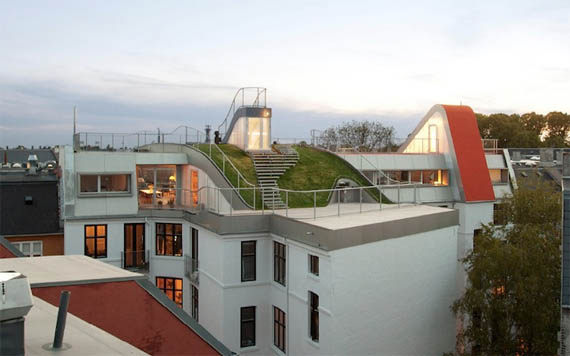Blogging the city is curated and hosted by Jeroen and Joop, who work in/with spacial development, set up and fill popupcity.net and organize PechaKucha nights in Amsterdam. Jeroen ends his introductional speech, claiming that bloggers are the next city branders.
Stefan Höffken – @urbanophil
Mister Urbanophil – the ‘network for urban culture’ – himself, shared some learnings from last years edition of this traveling conference. Urbanophil has 20 bloggers, mainly from Germany (Berlin to be more specific), but also from Shanghai, writing about urban culture. Looking further than classic urban planning, they collect and share examples of clever and fun ways to interact with the city. Höffkens mentions the Lego Bridge, do it yourself bike lanes and emotional mapping (C. Nold).

Höffkens sure is familiar with tweetsize onliners. A selection:
“Urban blogs are multiplyers (for ideas).”
“Urban blogs are low-threshold gateways for urban topics.”
“Urban blogs are social sensors.”
Höffkens on city making: Urbanophil often starts a petition and uses its network to spread the word. “Networks are the basis for new collaborative actions. Bottom-up developments shape our cities more and more.” A cool way Urbanophil plays a role in city making is by taking its Mobile University (a pop-up stand on a bicycle) into town to brings topics and people (citizens) together.
Regine Debatty – @wmmna
We-make-money-not-art is not exactly an urban blog, says Regine. Her blog touches urban topics when she covers the work of artists that interact – through their contemporary art – with the public space or inhabitants of a city and take over the streets as an exhibition space.
Like Pedro Reyes did with Palas por Pistolas (2008), where people in Mexico could exchange their firearms for housing supplies and Reyes turned the guns he collected (far over 1000 of ’em) into shovels. Or like John Pena, Jon Rubin and Dawn Weleski are doing with Conflict Kitchen, by only selling food from countries that the USA is in war with at their take-away restaurant. The Billboard Liberation Front is another example (liking their McDonald’s campaign!).

Regine recommends visiting De Werelden van Frits Gerritsen this weekend, in the Melkweg. And regrets not becoming a fashion blogger, for she often experiences trouble getting into galleries (“everyone can be a blogger, even my butcher”), then she would have got fashionable freebies.
Luc Harings – @ilovenoord
Luc, a graphics designer and ‘really not a blogger’, left his natural habitat today, to give a talk at the Blogging the City conference. In search of the best bakery in the Northern district of Amsterdam, and the frustration that came with it, he started ilovenoord. ilovenoord is basically about ‘everything in Amsterdam Noord that makes you happy’. Quickly friends got involved and Luc made new friends, helping spread the word through stickering and hanging up posters that were handed out for free. Luc regularly meets his community offline during coffee meet-ups. Community members proudly wear their ilovenoord-shirts and hoodies and spraypaint and fake-snow the hell out of Amsterdam. The ilovenoord recognition reaches beyond the district, claims Harings. And they get some support from the district authorities and city council too, who even come to them for help building up their niche-communities!

Wouter Boon – @amsterdamadblog
Boon comments on Amsterdam advertising, or rather on the works of the advertising agencies ‘worth mentioning’, on his blog. He prides on the freedom in Amsterdam (with its Red Light District and liberal drugs policy), that attracts creatives from all over the world. One of the questions Boon asks every art director for his interview series is: “what would you like to change about Amsterdam?” One art director mentioned that a bridge between the centre and Noord, would be a great idea.
Amsterdamadblog features a set of columnists, discussing – say – man boobs and miserable cows, covers festivals (like the Picnic Festival) and captures interiors of creative agencies (which will actually be turned into a book sometime soon). Oh, and they have a ‘jobs’ section, to try and make a little money.
Zef Hemel – @zefhemel
Zef, founder of the Vrijstraat Amsterdam / Weblog van Zef Hemel over maakbaarheid (since 2006), tries to change the direction of urban planning through his blog. Hemel once was the chief editor of ‘Stedenbouw & Ruimtelijke Ordening’ magazine. Zef is probably the cutest speaker ever. Yes, he’s like 55, but he says things like ‘where’s the search machine on my blog?’ and ‘I can’t handle apples’. His fellow college professors don’t know about his online publishing.
Interested in Amsterdam, seen through the eyes of a homeless person? Zef recommends ikbenalles.nl. And if you decide to read zefhemel.nl, he strongly recommends you to read his Moskou-series, on urban planning over there. A frequently updated section too, for he travels there every month.

Martijn de Waal – @martijndewaal
Density and diversity, two terms that describe – or maybe even define a city, claims Martijn. What makes life in a city preferable, as opposed to country-life, is a certain feeling of anonymity and the variety in entertainment. The (sense of) freedom of bigger cities is exciting but also challenging. Spaces that belong to people that share ‘something’, is a collective domain (that’s neither private nor public). A playground on the top of a building in Hong Kong is one of the many examples. These collective spaces provide space for subcultures, but are also often shaped by subcultures. “If the city is a marketplace to find and shape subcultures, than the internet is that on steroids.”

So much for the afternoon program, we had to catch our train to the most beautiful city of Holland. Rotterdam, for the ignorant. ;) Here’s to hoping that Paul will summarize the evening program! Cheers.



No Comments